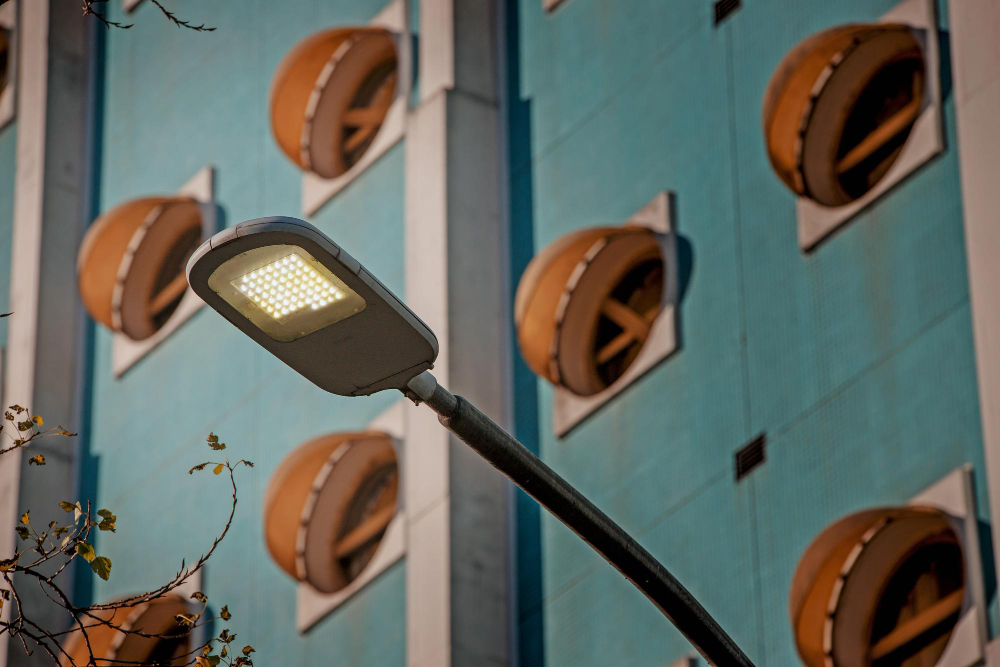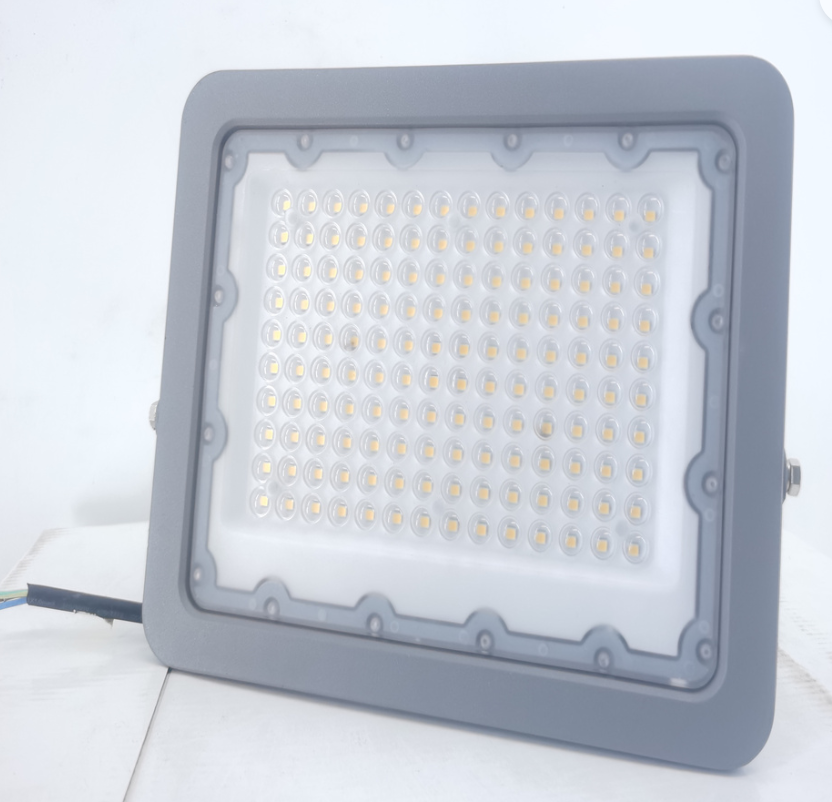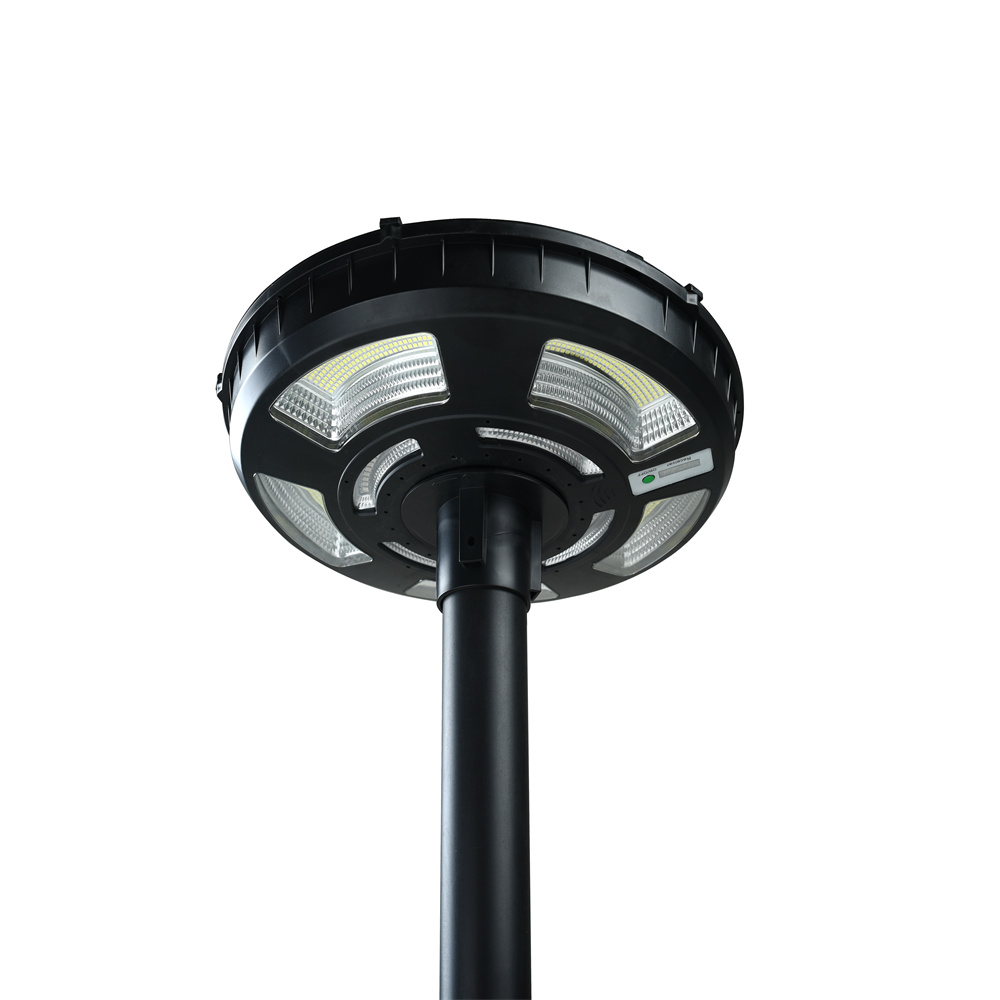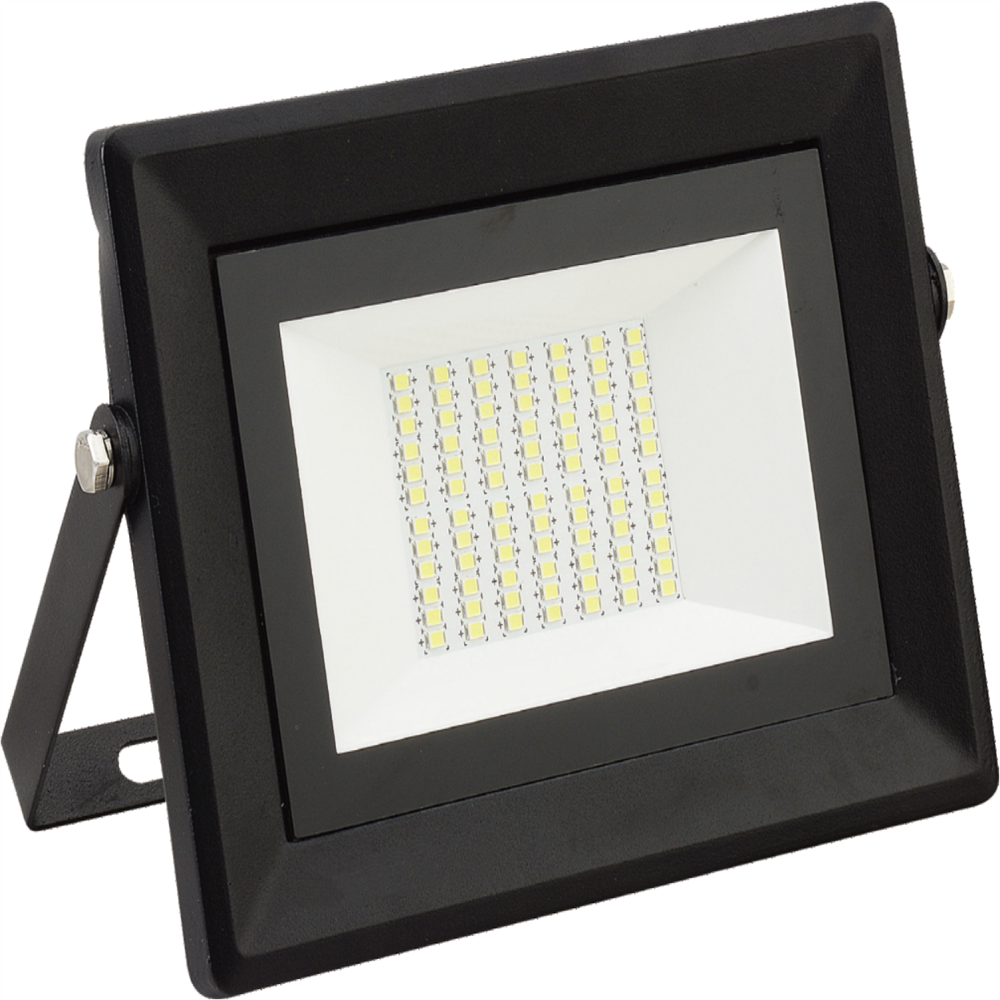When designing or upgrading gym lighting, one of the key considerations is the lumen output. Lumens refer to the total quantity of visible light emitted by a light source. Choosing fixtures with the proper lumen levels is essential for creating comfortable, visually clear gym spaces. Here’s an overview of typical lumen recommendations for gyms: Typical […]
When designing or upgrading gym lighting, one of the key considerations is the lumen output. Lumens refer to the total quantity of visible light emitted by a light source. Choosing fixtures with the proper lumen levels is essential for creating comfortable, visually clear gym spaces. Here’s an overview of typical lumen recommendations for gyms:
Typical lumen recommendations for gyms
Cardio Areas
For cardio zones filled with exercise machines like treadmills and ellipticals, aim for gym lighting that ranges from 150-200 lumens per square foot. This brightness allows users to see the displays and controls on the equipment clearly without strain or squinting. The lighting should facilitate reading without glare.
Weight Areas
Free weight sections with benches, racks, bars and plates require more focused task lighting. Here, LED gym lights providing 200-300 lumens per square foot are ideal. This ensures lifters can see weights, settings and movements with excellent clarity. Higher lumen levels help spotters properly monitor other users as well.
Studios
Group fitness studios for classes like yoga, dance, martial arts and cycling generally require the highest brightness. Studio gym lighting should produce around 500-800 lumens per square foot. Abundant light allows instructors to demonstrate and cue movements. Participants can clearly see and follow along in the mirror.
Common Areas
For gym lobbies, lounges, corridors and locker rooms, more ambient lighting levels of 200 lumens per square foot are recommended. This provides comfortable general illumination for navigation, socializing and transitioning between areas.
Outdoor Areas
For exterior spaces like parking lots and entryways, look for LED gym lights that emit 2,000-3,000 lumens. This powerful brightness enhances visibility and safety at night for accessing the facility.
Controlling Lighting for Energy Efficiency
While delivering ample illumination for visibility and safety, today’s gyms also want to optimize energy efficiency. LED gym lighting already provides big energy savings compared to older lighting technology. But gyms can maximize efficiency even further with smart lighting controls.
Here are some ways to control gym lighting for reduced energy use:
Occupancy Sensors
Occupancy sensors automatically turn lights on when motion is detected in a space and off after a set time when no movement occurs. This prevents gym lighting from operating in empty areas. Occupancy-based control works well for hallways, locker rooms, studios, offices and storage areas.
Daylight Harvesting
Photocells and smart lighting systems can automatically dim artificial gym lights when ample natural daylight is available. Once daylight levels drop, the lights brighten as needed. This prevents overlit spaces and unnecessary energy waste on sunny days.
Time Scheduling
Gyms can program lighting schedules to match operational hours and peak usage times. Lights automatically adjust on/off and to varying intensities based on pre-set schedules tailored to gym traffic patterns. This ensures lighting only runs at necessary levels for each zone.
Smart Lighting Control
Advanced systems allow gym owners to control lighting remotely via web and mobile apps. Managers can monitor real-time energy use, make adjustments, set automated schedules and receive system alerts. This gives full control over customizing lighting to balance visibility and efficiency.
Conclusion
Thoughtful gym lighting design melds science and art. The result is a fitness space bathed in a motivating yet comfortable balance of light. With smart LED gym lighting solutions, your facility can become an inviting oasis primed for fitness, any time of day or night. When your members bask under lights designed for their needs, they’re sure to glow too.
Ready to illuminate your gym for success? Let’s talk about how RRRlighting’s lighting experts can help you achieve the ideal lighting for your space.











